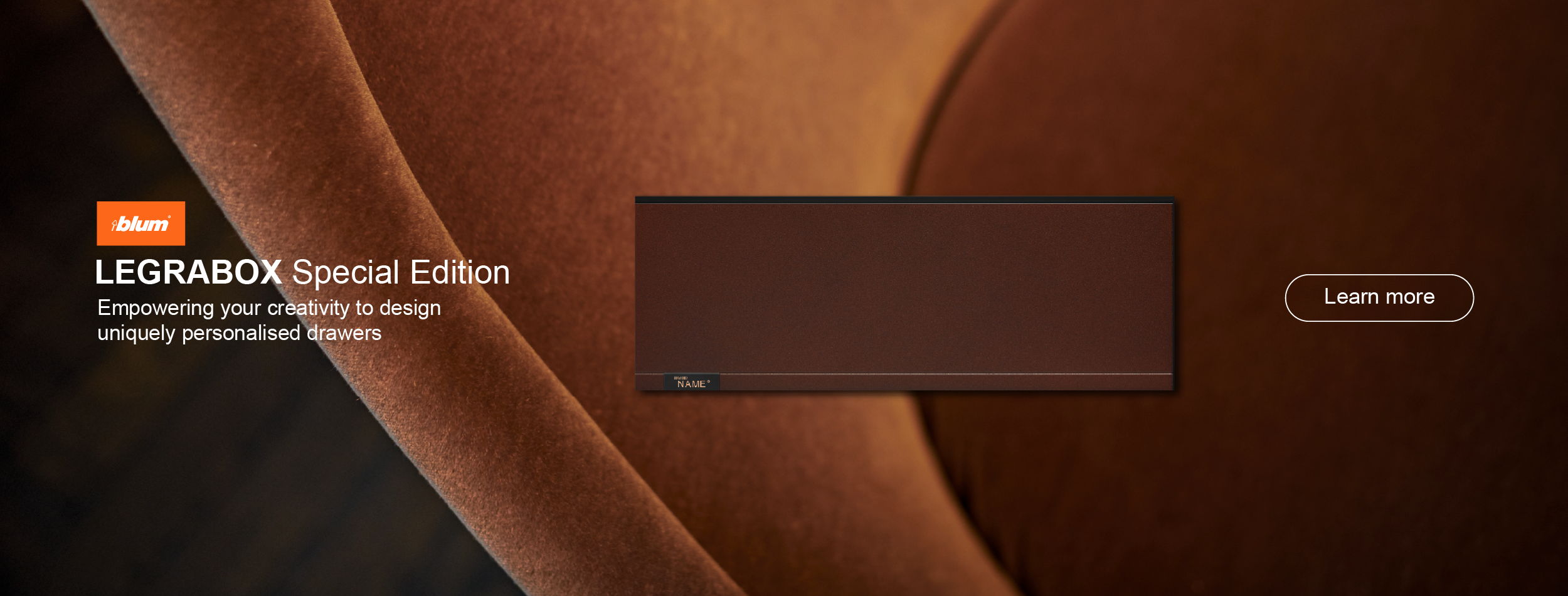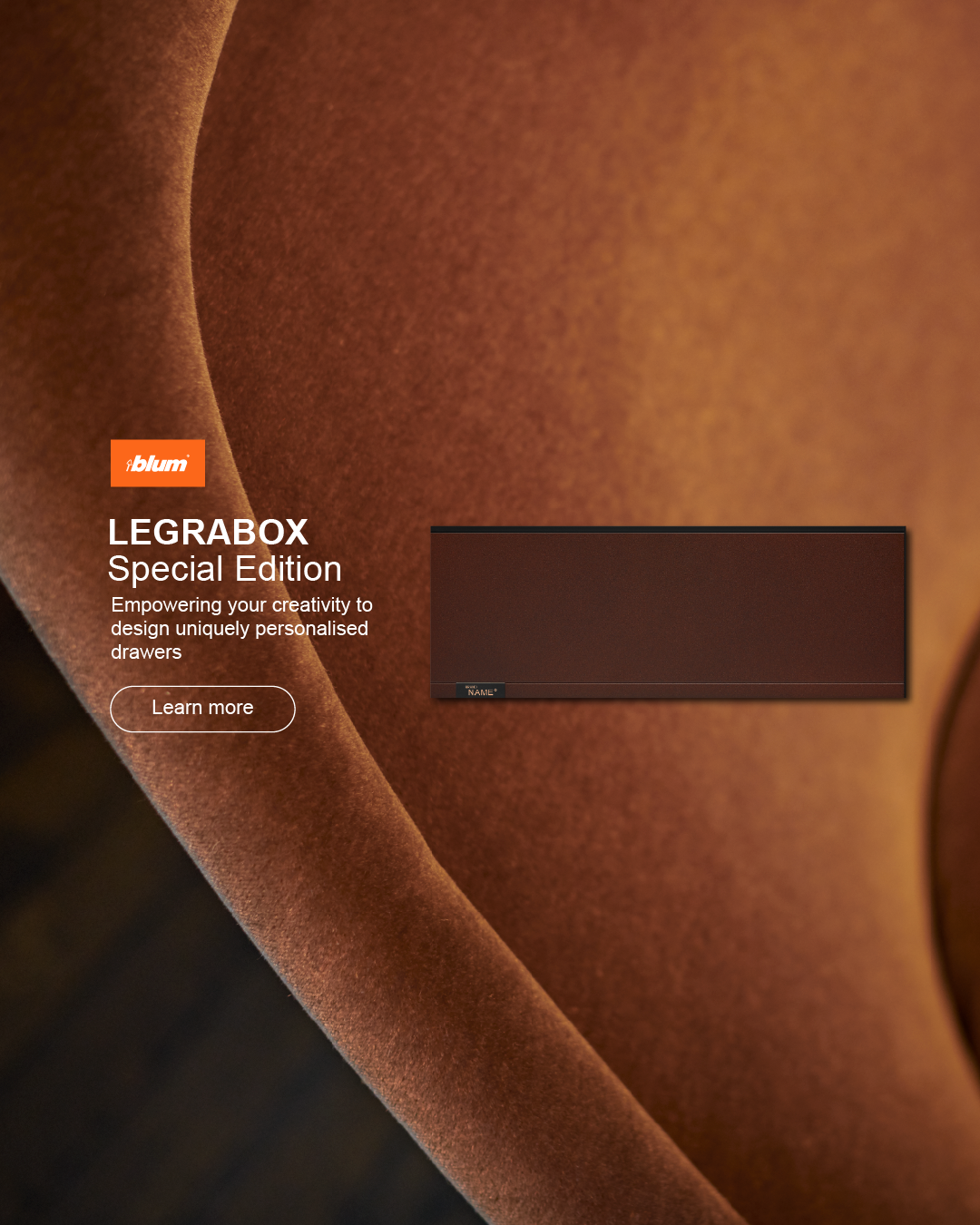
Forest Road House by Wiesebrock Architecture
Forest Road House by Wiesebrock Architecture is designed to offer calm and easy spatial flow. This considered layout is especially important for the couple, who are heading into retirement while also caring for their adult daughter with special needs.
The dwelling holds personal resonance for architect Richard Wiesebrock, as he designed it for his family. Beauty and comfort are seamlessly integrated with functionality, reflecting the owners’ appreciation for local materials and natural timbers. The result is a welcoming and open home that contrasts beautifully with its suburban setting.
“Being family, I worked closely with the owners over the last eight years to realise this project, including on tools during construction,” says Wiesebrock. In addition to ensuring accessibility, the design had to account for the fact that his owner-builder parents had no prior construction experience. Collaborating with the project’s engineers, Clive Steele Partners, Wiesebrock developed a steel frame system made by steelworkers who were also part of the family. The owners then completed the remainder of the timber structure, inspired by the work of Australian architect Glenn Murcutt, whose designs are known for their sensitivity to the Australian landscape and their blend of modernist vernacular with traditional craftsmanship.
A rammed-earth wall, quarried from the You Yangs peaks down the road, forms the backbone of the home, acting as a threshold between the living and service spaces. Visible from every room, the wall’s rich red tone is offset by sleeker materials such as timber, steel and plasterboard. The dwelling is wrapped in grey gum shiplap timber cladding, while inside, blackbutt timber lining contrasts with the polished concrete slab flooring. Sensitivity to the local environment extends to the home’s sustainability features: it maintains a stable temperature year-round through thermal mass design principles, boasts natural ventilation and is powered by solar energy and water tanks.
Forest Road House’s compact footprint and the use of low-maintenance materials reflect the owners’ specific needs. While accessible routes and the lack of steps are practical necessities, they also contribute to the home’s sense of openness. Materials were chosen for their durability and graceful ageing, designed to accompany the owners as they live out their later years. Shared spaces are open and accessible, while smaller breakout areas – like a window seat in the living room and a third bedroom that doubles as a study – promote independence.
The home is set deep within its plot, creating extensive open space to the north. North-facing windows take advantage of this positioning, diffusing light through the living spaces and offering a view of the back of property, which only improves the sense of privacy and retreat.
Complementing the modernist design and craftsmanship are classic timber furnishings, including the Møller 26 extension dining table and 77 chairs from Great Dane, along with timber desks and an ensuite vanity by local furniture maker Darcy James.
Forest Road House is an understated yet well-formed example of how design can work within existing vernaculars to create a comfortable, tailored home.
Architecture and interior design by Wiesebrock Architecture. Landscape design by TNLA and Associates.



























